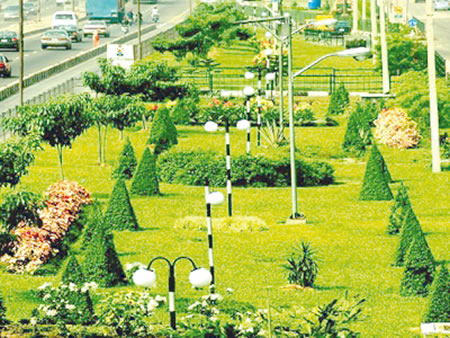This becomes more pertinent for the wellbeing of the nation’s population as it has been estimated that urban areas will more than double in size by 2030.
According to research findings curated by journalistsresource.org, a 2008 study of low-income neighbourhoods in Philadelphia, United States, found that newly planted trees boosted sale prices of nearby houses by 2 per cent.
Philadelphia also experienced $16 million in annual public cost savings as a result of storm water management and air pollution reduction, according to a 2008 report by the Trust for Public Land Centre for City Park Excellence.
Still in the US, an evaluation of the largest 85 cities in the country (population of 57.2 million) found the health savings from parks was an estimated $3.08 billion.
A systematic review in 2013 concluded that “the balance of evidence indicates conclusively that knowing and experiencing nature makes us generally happier, healthier people.”
A 2010 meta-analysis in BMC Public Health found that compared to walking or running in “synthetic environments,” doing so in green spaces led to decreased anger, fatigue and feelings of depression in addition to increased attention levels.
Apart from the aesthetic appeal, planting trees and other plants in parks, sidewalks or public spaces helps mitigate the ‘urban heat island’ effect, filters air and reduces runoff during rainfalls.






